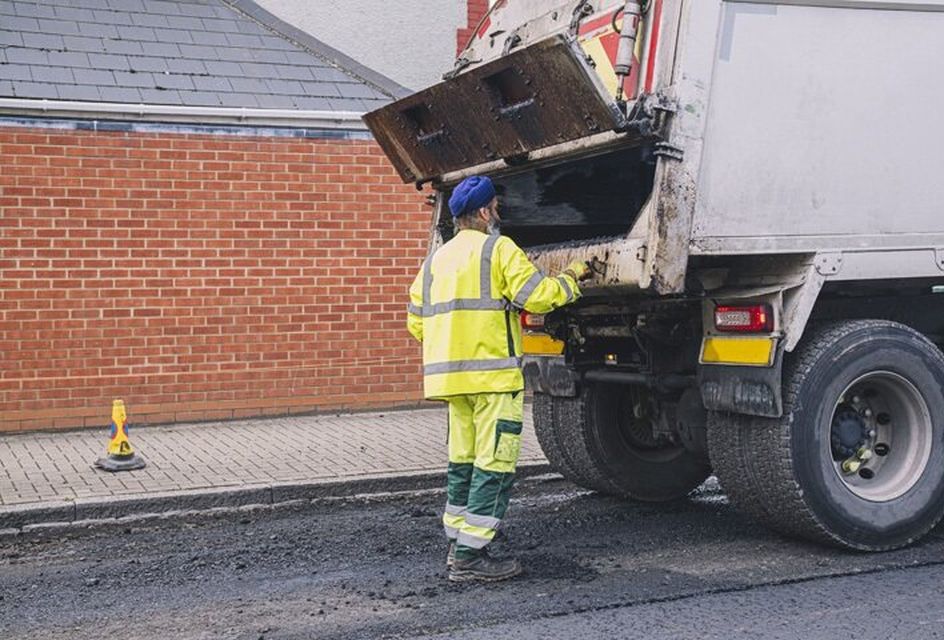What is the wider public health workforce and why does it matter?
Author: Indigo Starkey 22 February 2024 1 min read
The workforce make a positive contribute to public health – and with more support, they could do even more.

What is the Wider Public Health Workforce?
RSPH are committed to supporting the wider public health workforce who we define as: Any individual who is not a specialist or practitioner in public health, but has the opportunity or ability to positively impact health and wellbeing through their (paid or unpaid) work.
In practical terms this might include promoting healthy living, considering the impact of public health when designing services, ensuring we live and work in clean and hygienic environments, supporting individuals facing health inequalities and having conversations about mental health or signposting to further support.
Some examples of occupational groups that are included in the wider public health workforce are Allied Health Professionals, sports and fitness occupations, town and country planners, emergency services, environmental health officers, pest control workers and cleaning and hygiene operatives.
What positive impact do they have on public health?
The wider public health workforce is a highly diverse workforce. Collectively, they work across multiple settings, including local authorities, education, industry and NHS. This means they are ideally placed - and crucially have opportunities - to support us to improve our health and wellbeing, prevent illnesses and ultimately ensure fewer people need the NHS. They work across communities, for example, in local exercise classes and foodbanks .
A 2023 RSPH survey found significant support for the public health workforce, with 82% of the public saying that they are crucial to safeguarding the nation’s health.
With more support, how could the Wider Public Health Workforce have more impact?
There are many members of the wider public health workforce who are doing public health in their roles but don’t know they are doing it. In a nutshell, they take public health approaches as part of, or an add on, to their day job. There is huge unlocked potential in the wider workforce and we believe that with further support they can be empowered to develop their public health skills and approaches, through additional training and educational pathways.
This would have a huge impact on the health of the public. The wider workforce is well placed to have real influence in improving health and wellbeing outcomes, and they are in a unique position of doing public health alongside, and embedded within, their day-to-day occupation.
Why does this matter now?
Across the UK we are seeing life expectancy stalling, health inequalities rising and an increase in preventable health conditions. In 2024, having lived through one of the most significant pandemics in human history and facing a range of societal and global challenges, we are again faced with a range of issues and problems that need to be addressed if we are to be healthy, happy, and prosperous. The public health workforce – in its widest sense – has a key role to play in this.
This is also a pivotal year for the future of the UK, with an election coming up. It is important that use this opportunity to raise awareness of the amazing work the wider public health workforce does and their potential to do even more!
The unusual suspects: Unlocking the potential of the wider public health workforce
Throughout 2023 we listened to the wider workforce, working with them to focus down on where there could be further support to help them develop their public health skills, whilst acknowledging the challenges they face. You can find out more here, including key priorities developed alongside people from across the wider public health workforce during our engagement.
